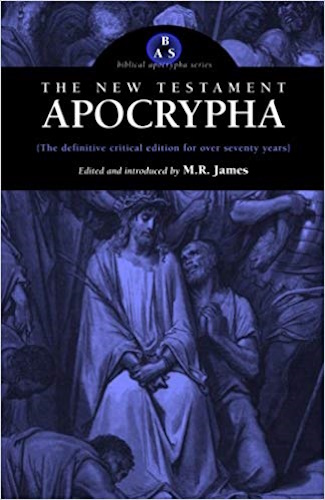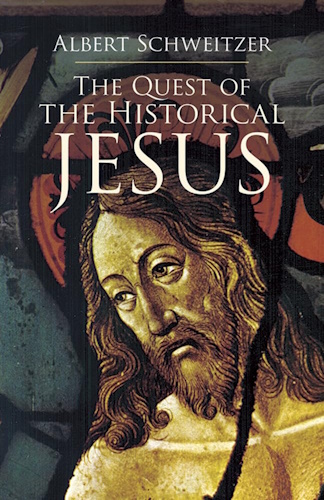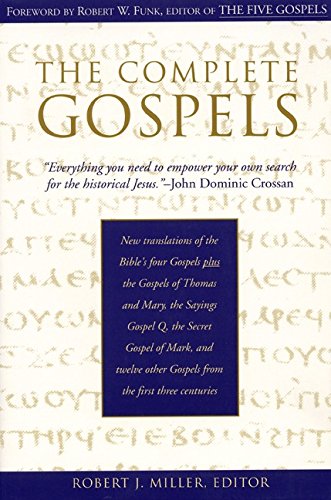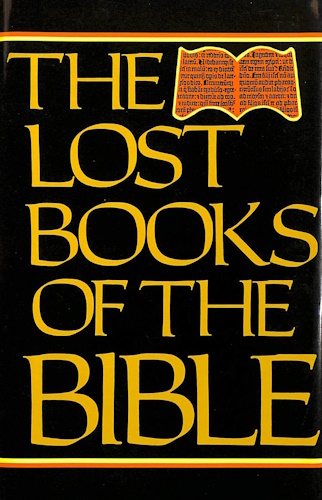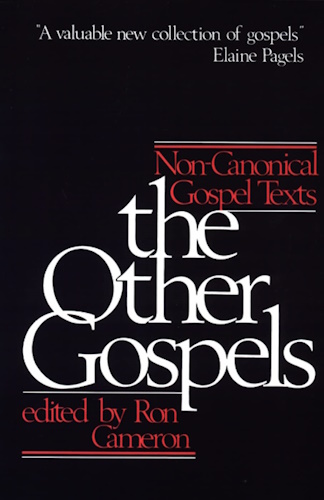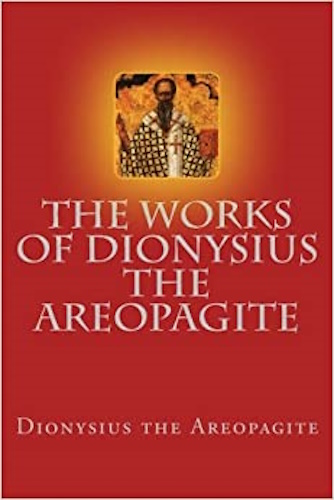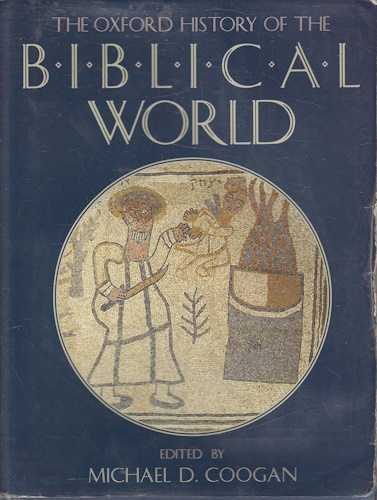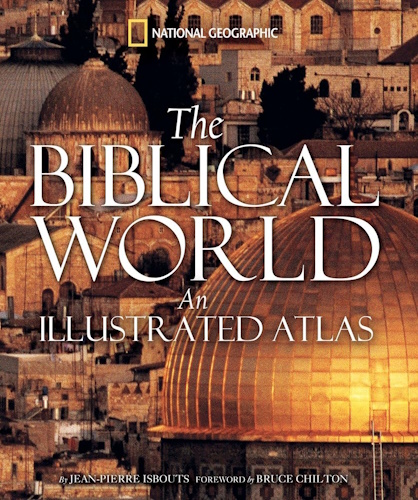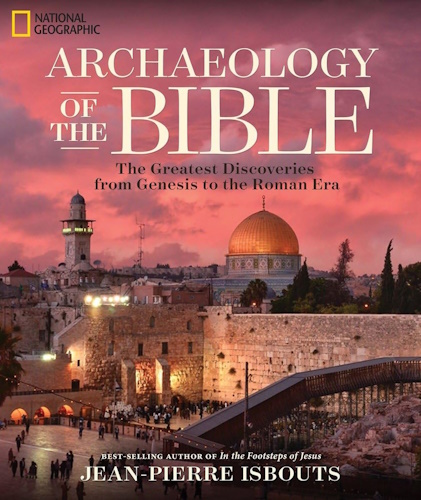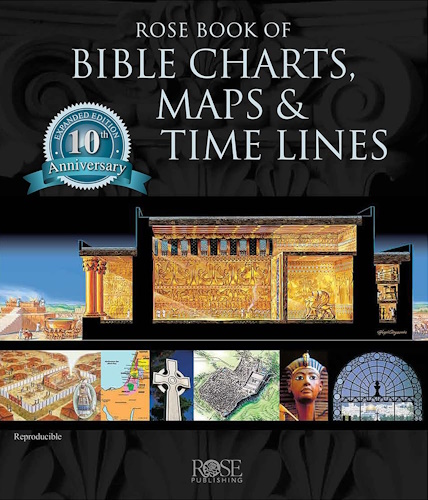
The works of Dionysius the Areopagite
Preface to the "Divine Names"
THE Treatise on "Divine Names" was written by Dionysius, at the request of Timothy, and at the instigation of Hierotheus, to express, in a form more easily understood, the more abstract Treatise of Hierotheus, who was his chief instructor after St. Paul. Its purpose is to explain the epithets in Holy Scripture applied alike to the whole Godhead—Father, Son, and Holy Ghost. It does not pretend to describe the unrevealed God, Who is beyond expression and conception, and can only be known through that union with God, "by which we know, even as we are known." Holy Scripture is the sole authority, beyond which we must neither think nor speak of Almighty God. The Treatise, being written by one of the most learned Greeks, the phraseology is, naturally, that of Plato and Aristotle ; but Plato and Aristotle are not authorities here. When Plato treated his Hebrew instructor with such reverence, and was so versed in the Pentateuch, we need not be sensitive as to the admission of Plato's authority. But, as a matter of fact, on the question of Exemplars2 and some other points, the opinions of Plato are expressly refuted. The phrase of Luther, "Platonising, rather than Christianising," proves only a very
page x
meagre acquaintance with Dionysius. The Greek language is moulded in a marvellous manner to express the newly revealed Christian Faith in its most exalted form, in a style which Daillé confesses to be always of the same "colour;" and Pearson, "always like itself." Jahn has followed Dionysius step by step in order to trace the connection between the language of Plato and Dionysius, for the purpose of exploding the puerile supposition that such complex writings as these could have been evolved from the elementary treatises of Proclus and Plotinus. Most probably, some of the lost writings of Dionysius are in part preserved in those writers and in Clement of Alexandria; but Dionysius is the Master, not Pupil! The works are very distinct and precise upon the Divinity of Christ, and the Hypostatic Union. Like St. Paul, Dionysius affirms that He, Who made all things, is God; and further that Jesus is God, by some startling phraseology. He speaks of James, "the Lord's brother3," as "brother of God" David, from whom was born Christ after the flesh, is called "father of God4." When speaking of the entombment of the Blessed Virgin, he speaks of her body as the "Life-springing" and "God-receptive body;" thus testifying that Jesus, born of a pure Virgin, is Life and God. He describes the miracles of Jesus as being, as it were, the new and God-incarnate energy of God become Man. The newly-coined words
page xi
indicate an original thinker moulding the Greek language to a newly acquired faith. There are two words, "Agnosia" and "Divine Gloom," which illustrate a principle running through these writings,—that the negative of abstraction denotes the superlative positive. "Divine Gloom" is the darkness from excessive light; "Agnosia" is neither ignorance nor knowledge intensified: but a supra-knowledge of Him, Who is above all things known. It is "the most Divine knowledge of Almighty God, within the union beyond mind, when the mind, having stood apart from all existing things, and then, having dismissed itself, has been united to the superluminous rays—thence and there, being illuminated by the unsearchable wisdom." In the Mystic Theology, Dionysius exhorts Timothy thus,—"But, thou, O dear Timothy, leave behind both sensible perception, and intellectual efforts, and all objects of sense and intelligence; and all things being and not being, and be raised aloft as far as attainable, ἀγνώστως—unknowingly5,—to the union with Him above every essence and knowledge. For by the resistless and absolute ecstacy from thyself, in all purity, thou wilt be carried high to the superessential ray of the Divine darkness, when thou hast cast away all, and become liberated from all." Thus, we must pass beyond all things known, and all things being, and lie passive under the illuminating ray of God, if we would attain the highest conception of Him,
page xii
"Who passeth all understanding." God "unknown" is still the God of Dionysius, and He is still to be worshipped unknowingly. There is a tradition that Dionysius erected the altar in Athens "to God unknown," as author of the inexplicable darkness, which he observed in Egypt, and found afterwards from St. Paul to have been contemporaneous with the Crucifixion. Did St. Paul adapt his discourse at Athens to the conversion of Dionysius?
The only heresiarch, whom Dionysius mentions by name, is Elymas, the Sorcerer, Simon Magus, a man of great intellectual attainments and a considerable author. Flavius Clemens and Eugenius, Bishop of Toledo, were disciples of Simon before their conversion to Christ. The tenets of Elymas are described by Hippolytus. He formed an eclectic system from the Old Testament and the Christian Faith, and with Cerinthus and Carpocrates originated many heresies to which the apostolic epistles allude, and which in later times became prominent in the Church. In refuting these heresies, by manifestation of the truth, Dionysius anticipated many errors—ancient and modern.
Jerome informs us (Scr. Ecc. 46) that Pantaenus6, one of the most celebrated Christian philosophers of Alexandria, was sent, A.D. 193, by Demetrius, Bishop of that city, to India, at the request of a
page xiii
delegation from India for that purpose. Pantaenus discovered, on his arrival, that St. Bartholomew (one of the twelve) had preached the coming of Jesus Christ, in that country. Pantaenus found a copy of the Hebrew Gospel of St. Matthew in India. Now, by the extract, contained in the Scholia of Maximus, from the Scholia of Dionysius of Alexandria (250) upon the Divine Names, and also by the extract from a letter of the same Dionysius, recently discovered in the British Museum7 (Nos. 12151-2), we know that the writings of Dionysius the Areopagite were known and treasured in Alexandria a few years after the death of Pantaenus. Can we reasonably doubt that Pantaenus took the writings of Dionysius, and the more abstract works of Hierotheus, to India? Have we not here an explanation of the remarkable similarity between the Hindu philosophy, as expressed by Sankara8 in the eighth, and Râmânuja in the thirteenth century, and the "Divine Names?" Sankara treats of the Supreme as "absolutely One;" Râmânuja as "non-dual, with qualification." Both these truths are combined and expressed in Dionysius.
I cannot but believe that many of the beautiful expressions about Vishnu, the Redeemer, in the Râmâyana of Tulsidâs are Christian Truths under a Hindu dress9. Many learned Hindus affirm that it is
page xiv
needless for them to become Christian, because they have a more exalted conception of the Supreme God than Christians themselves. I submit that the "Divine Names" will be instrumental in bringing India to the Christian Faith, in the best and only effectual way—by communities and not by individuals—through the most learned and devout, and not through the most ignorant.
Dionysius was first converted, and then, through him, those who naturally and properly followed his lead.
LUCIUS FLAVIUS DEXTER.
Dexter was a friend of Jerome. Jerome even addresses him as "filius amicus," and describes him as "clarus apud saeculum et Christi fidei deditus."
Dexter became Prefect of the Pretorian Oriental Guards, and was one of the most illustrious statesmen of his time. He resided two years in Toledo. From the archives of the Church of Toledo and other cities he compiled a chronicle from A.D. 1 to A.D. 430, giving a brief summary of the Church events in Spain. That chronicle he dedicated to Jerome, who, enrolled both Chronicle and Author amongst his "illustrious men." It was at the request of Dexter that Jerome wrote his book on Ecclesiastical Writers. Among the earliest Bishops of Toledo, Dexter describes a remarkable man,—Marcellus,—surnamed Eugenius, on account of his noble birth.
page xvBivarius says he was of the house and family of Caesar, being uncle to the Emperor Hadrian. Marcellus was consecrated Bishop by Dionysius the Areopagite at Aries, and sent to Toledo. Respecting him, Dexter records that Dionysius dedicated the books of the Divine Names to him, u.c. 851, A.D. 98. Dexter further records that Dionysius surnamed Marcellus, Timothy, on account of his excellent disposition. Polycrates, Bishop of Ephesus, relates that Timothy, Bishop of Ephesus, to whom the works of Dionysius were originally dedicated, was martyred during the reign of Nerva, A.D. 96-97. Upon the return of Dionysius to Gaul, after his visit to St. John, released from Patmos, we find him calling his friend Marcellus, Timothy, and presenting the books of the "Divine Names "to him, A.D. 98; in order that he might still have a Timothy on earth,— "in vivis"—although his first Timothy, "migravit ad Christum," A.D. 97.
This touch of nature, preserved in a chronicle, written more than 1400 years ago, by an illustrious statesman, who was son of a Bishop celebrated for learning and sanctity, may fairly be deemed, by an unprejudiced mind, reasonable proof that the "Divine Names" were written previous to A.D. 98.
N.B. As the result of some research I affirm that our Saviour's last commission is the Key to Church history in the first century. As He commanded the Apostles to preach the Gospel throughout the world, so the Gospel was preached when St. Paul wrote his
page xvi
Epistle to the Colossians, Chap. I. v. 23 (τοῦ κηρυχθέντος ἐν πάσῃ κτίσει), and with such success amongst the most learned and noble, that, but for the cruel massacre of Flavius10 Clemens and his family for the Christian Faith, there would have been a Christian Emperor in the first century. As Jesus said, "Ye shall be witnesses of Me unto theuttermost parts of the earth" (Acts Chap. 1. v. 8), so the Apostles planted the Church of Christ in Gaul, Spain and Britain, with its threefold ministry; and by the end of the second century there was an organised Church throughout each of those territories11.
Dr. Schneider informs me "that in Germany they now admit that the external proofs are in favour of genuineness of Dionysius, but they confine themselves to the internal proofs. They pretend that the doctrine is too clear and precise to have been written in the apostolic age."
How could the chief Areopagite, the convert and companion of St. Paul, and the familiar friend of St. John, Theologus, have understood theology!!
page xvii2 C. V. § 2.
3 Ἀδελφόθεος.
4 Θεοπάτορ.
5 As beyond knowledge.
6 Conversion of India, p. 12. Pressensé, The Earlier Years of Christianity, Vol. II. p. 271. The History of Mathurâ (Muttra), by F. S. Growse, on the glorification of the Divine Name.
7 Vidieu, p. 73.
8 Sankara's doctrine, Sir Monier Williams, "Brahmanism," p. 55. Râmânuja's explained, "Brahmanism," p. 119, &c. J. Murray.
9 At Council of Nicea in 325, Johannes, the Metropolitan of Persia, signed also as "of the great India." Merv was an Episcopal See, A.D. 334. Con. of India, pp. 15—31.
10 Burton, Ecc. Hist., Vol. I. p. 367.
11 Mansi I. 698, Jaffi. Regesta Rom. Pon. 2nd Ed., p. 10, by Ewald.
![]()
![]()
-
Urantia Book, 44:0.11 - The Celestial Artisans
Never in your long ascendancy will you lose the power to recognize your associates of former existences. Always, as you ascend inward in the scale of life, will you retain the ability to recognize and fraternize with the fellow beings of your previous and lower levels of experience. Each new translation or resurrection will add one more group of spirit beings to your vision range without in the least depriving you of the ability to recognize your friends and fellows of former estates.
-
Princess Bride 1987 Wallace Shawn (Vizzini) and Mandy Patinkin (Inigo Montoya)
Vizzini: HE DIDN'T FALL? INCONCEIVABLE.
Inigo Montoya: You keep using that word. I do not think it means what you think it means. -
Urantia Book, 117:4.14 - The Finite God
And here is mystery: The more closely man approaches God through love, the greater the reality -- actuality -- of that man. The more man withdraws from God, the more nearly he approaches nonreality -- cessation of existence. When man consecrates his will to the doing of the Father's will, when man gives God all that he has, then does God make that man more than he is.
-
Urantia Book, 167:7.4 - The Talk About Angels
"And do you not remember that I said to you once before that, if you had your spiritual eyes anointed, you would then see the heavens opened and behold the angels of God ascending and descending? It is by the ministry of the angels that one world may be kept in touch with other worlds, for have I not repeatedly told you that I have other sheep not of this fold?"
-
Urantia Book, Foreword - 0:12.12 - The Trinities
But we know that there dwells within the human mind a fragment of God, and that there sojourns with the human soul the Spirit of Truth; and we further know that these spirit forces conspire to enable material man to grasp the reality of spiritual values and to comprehend the philosophy of universe meanings. But even more certainly we know that these spirits of the Divine Presence are able to assist man in the spiritual appropriation of all truth contributory to the enhancement of the ever-progressing reality of personal religious experience—God-consciousness.
-
Urantia Book, 1:4.3 - The Mystery Of God
When you are through down here, when your course has been run in temporary form on earth, when your trial trip in the flesh is finished, when the dust that composes the mortal tabernacle "returns to the earth whence it came"; then, it is revealed, the indwelling "Spirit shall return to God who gave it." There sojourns within each moral being of this planet a fragment of God, a part and parcel of divinity. It is not yet yours by right of possession, but it is designedly intended to be one with you if you survive the mortal existence.
-
Urantia Book, 1:4.1 - The Mystery Of God
And the greatest of all the unfathomable mysteries of God is the phenomenon of the divine indwelling of mortal minds. The manner in which the Universal Father sojourns with the creatures of time is the most profound of all universe mysteries; the divine presence in the mind of man is the mystery of mysteries.
-
Urantia Book, 1:4.6 - The Mystery Of God
To every spirit being and to every mortal creature in every sphere and on every world of the universe of universes, the Universal Father reveals all of his gracious and divine self that can be discerned or comprehended by such spirit beings and by such mortal creatures. God is no respecter of persons, either spiritual or material. The divine presence which any child of the universe enjoys at any given moment is limited only by the capacity of such a creature to receive and to discern the spirit actualities of the supermaterial world.
-
Urantia Book, 11:0.1 - The Eternal Isle Of Paradise
Paradise is the eternal center of the universe of universes and the abiding place of the Universal Father, the Eternal Son, the Infinite Spirit, and their divine co-ordinates and associates. This central Isle is the most gigantic organized body of cosmic reality in all the master universe. Paradise is a material sphere as well as a spiritual abode. All of the intelligent creation of the Universal Father is domiciled on material abodes; hence must the absolute controlling center also be material, literal. And again it should be reiterated that spirit things and spiritual beings are real.
-
Urantia Book, 50:6.4 - Planetary Culture
Culture presupposes quality of mind; culture cannot be enhanced unless mind is elevated. Superior intellect will seek a noble culture and find some way to attain such a goal. Inferior minds will spurn the highest culture even when presented to them ready-made.
-
Urantia Book, 54:1.6 - True And False Liberty
True liberty is the associate of genuine self-respect; false liberty is the consort of self-admiration. True liberty is the fruit of self-control; false liberty, the assumption of self-assertion. Self-control leads to altruistic service; self-admiration tends towards the exploitation of others for the selfish aggrandizement of such a mistaken individual as is willing to sacrifice righteous attainment for the sake of possessing unjust power over his fellow beings.
-
Urantia Book, 54:1.9 - True And False Liberty
How dare the self-willed creature encroach upon the rights of his fellows in the name of personal liberty when the Supreme Rulers of the universe stand back in merciful respect for these prerogatives of will and potentials of personality! No being, in the exercise of his supposed personal liberty, has a right to deprive any other being of those privileges of existence conferred by the Creators and duly respected by all their loyal associates, subordinates, and subjects.
-
Urantia Book, 54:1.8 - True And False Liberty
There is no error greater than that species of self-deception which leads intelligent beings to crave the exercise of power over other beings for the purpose of depriving these persons of their natural liberties. The golden rule of human fairness cries out against all such fraud, unfairness, selfishness, and unrighteousness.
